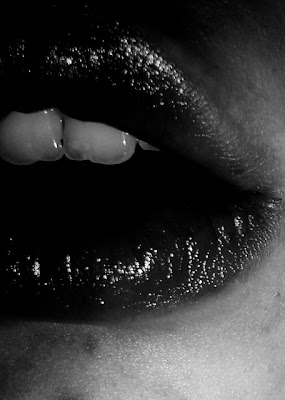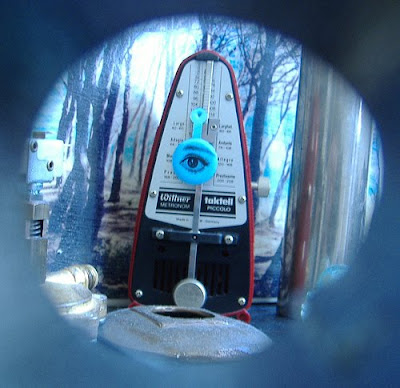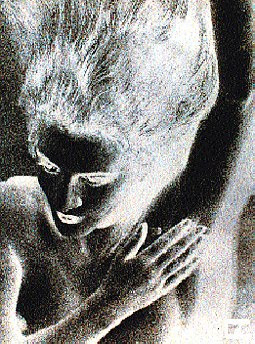Man Ray was an American artist, who spent most of his career in Europe, mainly Paris, France. He enjoyed painting, photography and film making. He is best known in North America for his photography. In terms of photography Man Ray experimented with fashion, portrait, and avante-garde photography.
Man Ray’s photographic style incorporated many different techniques. He was a pioneer, and experimenter of photographic technique. He created a new photographic art which emphasized chance effects, paired with a full imagination. He made solarizations, and grain enlargements. He also established himself with his photograms, which he later called “Rayographs”. Ray Man strives to create a visual type of poetry. With his use of the Rayograph, he was always stressing the importance of light and shadow, rather than the object itself.
Man Ray enjoyed creating surrealist visions of the female form. Photographic techniques, such as solarization, dynamic cropping, over enlargement and over development were used to create a dreamlike effect in his artwork.
Photograph #1: This photograph is a self-portrait done by amateur photographer Rocio Montoya. I feel that it incorporates many qualities of a Man Ray photograph. For one, the use of colour is scarce if anything. Man Ray's compositions were generally in black and white. He spent more time playing with light and shadow, rather than a vibrant use of colour. Light and shadow play a very important role in the photograph below. Secondly, the subject of the photograph is very common in Man Ray's work. Man Ray was very interested in shooting the female form. He is known for many famous nude photographs of women, presenting their body in an artistic manner. Man Ray also documented expression, and emotions. The women's expression in this photograph can evoke many different emotions in the viewer.
 Rocio Montoya. Flicker Images. 2009
Rocio Montoya. Flicker Images. 2009
Photograph #2: This photograph was done by amateur photographer Sana Isabel. I believe the inspiration for this photograph came from Man Ray's 1930 piece, entitled "Lips". The Rocky Horror picture show also used Man Ray's "Lips" as part of their ad campaign. Again we can see the use of black and white, as opposed to using colour. The content of the photograph is simple, but questionable. Like Man Ray, the photographer has allowed the piece to be open for interpretation from the audience. The use of light and contrast appears again, using the emphasis of black and white to highlight points of interest.

Sana Isabel. "My Reflection, Dirty Mirror". 2008
Photograph # 3: This is a photograph by amateur photographer JE Smith. This photograph has also been manipulated in the style of Man Ray. I believe that JE Smith took inspiration from Man Ray's 1923 photograph "Object Indestructible". A photograph which depicts an older looking metronome with an eye on it. The photograph below looks like a modern twist on Man Ray's original conception. The photographer added some focal effects to direct the viewers eye to a particular object. Unlike the other photographs, this photographer decided to incorporate colour into his image, which changes the mood from black and white.

JE Smith. "Man Ray Inspired...". Flicker images. 2006
Photograph # 4: This image was manipulated to look similar to one of Man Ray's solarizations. The image appears to be that of the nude female form. Although Man Ray's experiments with solarization were stumbled upon by accident, the image below was indeed not an accident. The main effect of solarization is inverting the black and white shades. I feel that the image below is open to many different interpretations.

Francesca Bertoldio0. Jan. 2008/ Flicker Images
Photograph # 5: I believe that this image by photographer Hiroshi Sugimoto was influenced by the photogram/rayograph technique Man Ray frequently used. The image may also be inspired by Man Ray's 1931 piece 'Electricity'. Hiroshi Sugimoto used a 40,000 volt Van de Graaff generator to apply voltage directly to the film. Thus, capturing electricity's wild patterns in the process. Again we see no use of colour. The image is abstract, and open to interpretation. In a way the image is also very surreal, and dreamlike in composition.

Lightning Fields. Hiroshi Sugimoto/Fraenkel Gallery
Sources:
http://www.arthistoryarchive.com/arthistory/surrealism/Man-Ray.html
http://www.flickr.com/groups/man-ray/